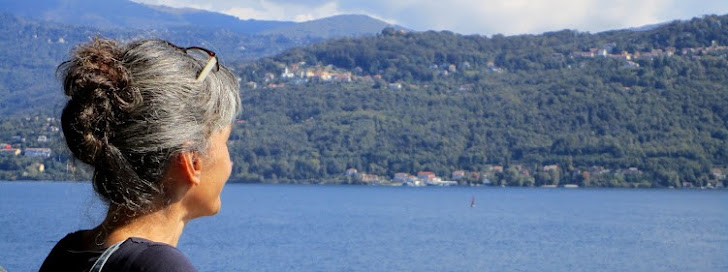By the time I've started my PhD, I had already used blogs as a research tool for conducting research work, since 2003 [master's degree in Information Studies] not so much as a fieldwork tool, but as a way of registering trails of the research (ongoing information, readings, questions, doubts, ...) that allowed others to find me and, in turn, due to explicit (comments in blog) or implicit (link back, web bookmarks, citations) conversations allowed me to find them.
Lorenz antropologi.info blog, for long, as been a way for me to feel connected to anthropology developments. Yesterday, while re-reading a recent post about using Comics to present research findings, I've recalled an older post that offered the link to the issues of Opening the source in fieldwork:
"When you do anthropological fieldwork, your main tool is yourself. You participate, you observe and you ask incredible amounts of questions."
I would think this would apply equally well for everyone conducting social science research, either for qualitative or quantitative studies. If for the qualitative paradigm one might not find hard to extend the above citation, it might not be so straight forward for the quantitative research. But it might become clear if one thinks that in quantitative survey instruments, the questions are framed by the researcher, hence the researcher becomes part of the design tool.
Come to think in this terms, all of science is done this way. One of the big differences might be that in anthropological fieldwork the researcher explicitly exposes the self as part of the study (reflexivity) and in other paradigms the researcher is concealed from the reports/narratives of the research, but nevertheless, they are embedded in the research work... and I recall the work of Latour and Wolgar on Laboratory Life: the construction of scientific facts:
"The construction of scientific facts, in particular, is a process of generating texts whose fate (status, value, utility, facticity) depends on their subsequent interpretation."

